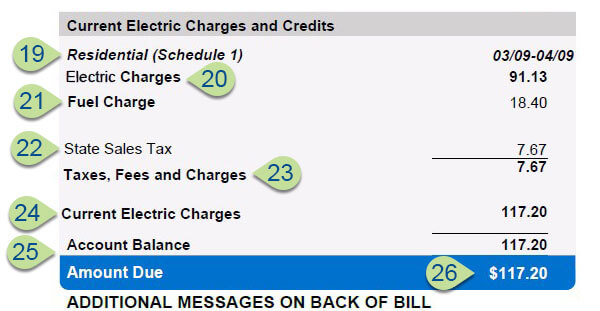How can we help you?



If you're on our basic Residential Schedule 1 rate, you can use our Bill Calculator Worksheet to see how your bill is calculated. This worksheet is helpful to understand and estimate the various charges that make up your monthly bill.
You can open this worksheet in Excel or using a number of free programs, including Microsoft Office Online, Google Sheets, and LibreOffice.










Disclaimer: These sample bills are provided only to help explain your Dominion Energy North Carolina bill. The current charges, total other charges, credits, usage, and other information on the sample bills are provided as an example, and in no way bear any relationship to the actual charges, credit, usage or other information on your actual bill.